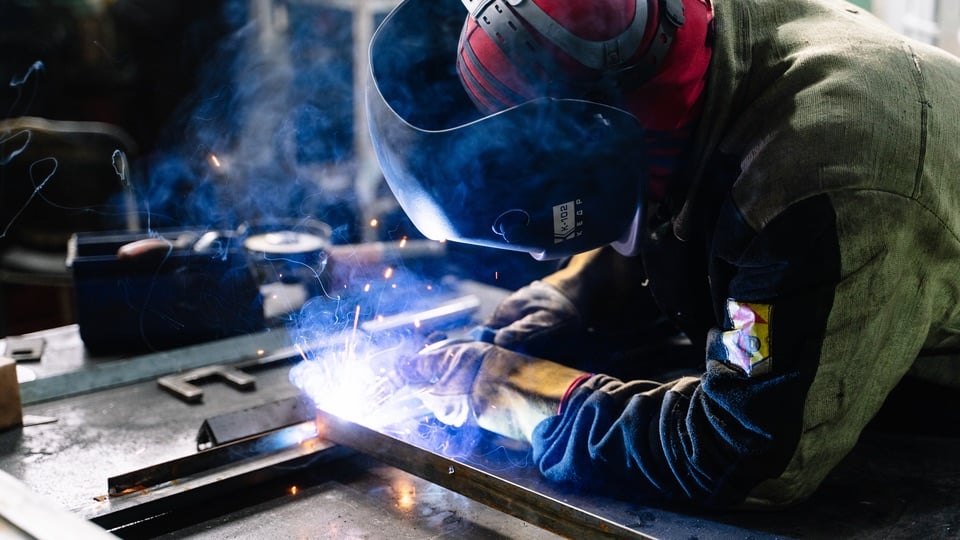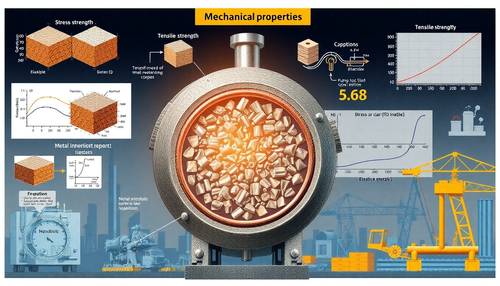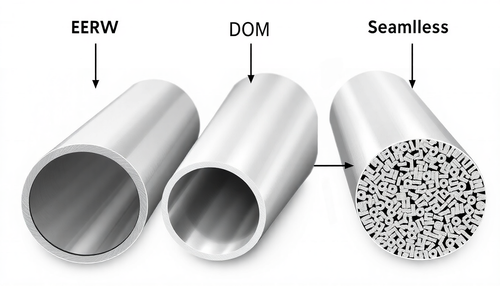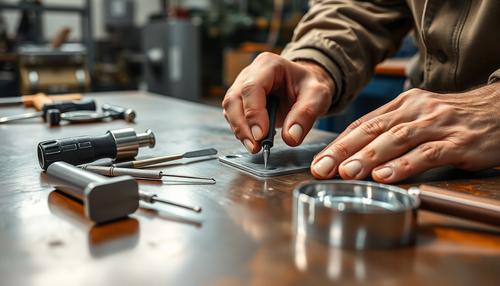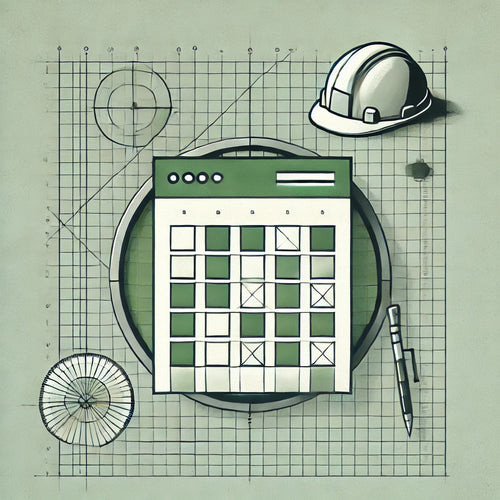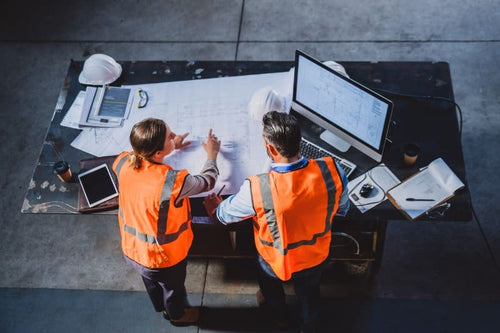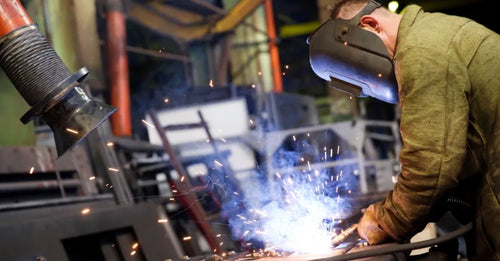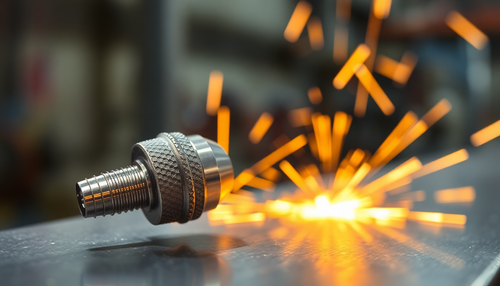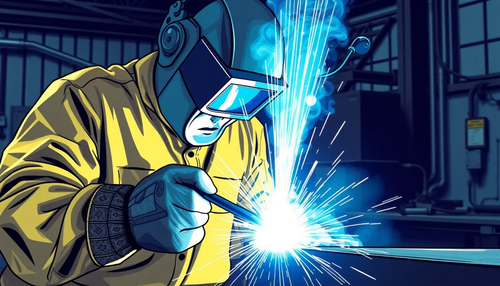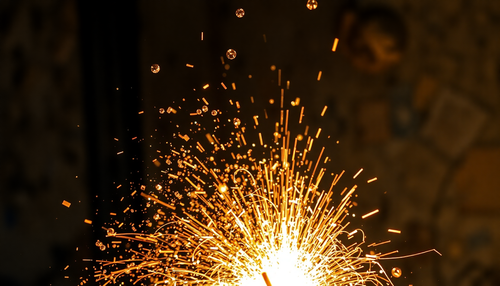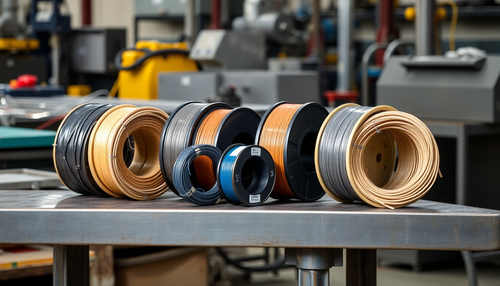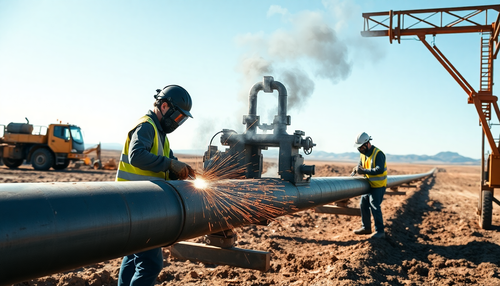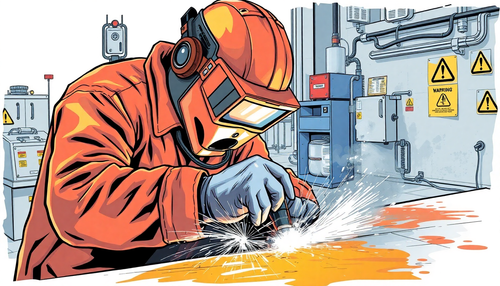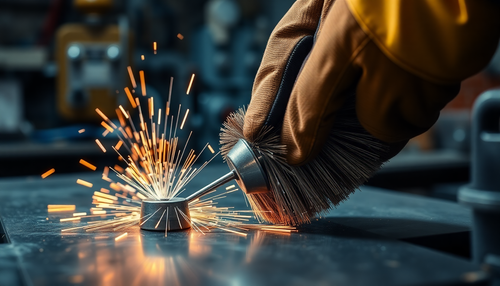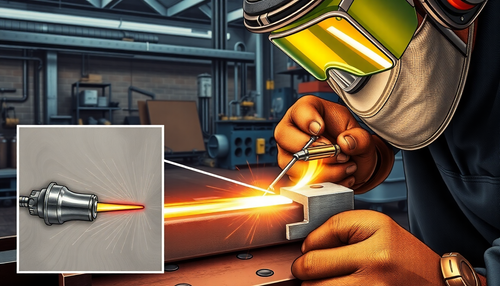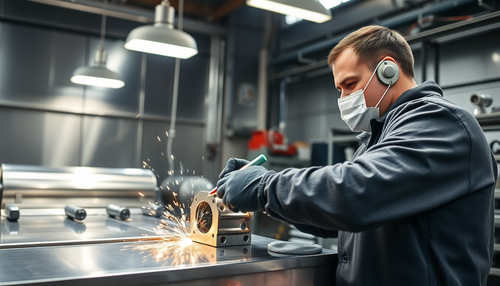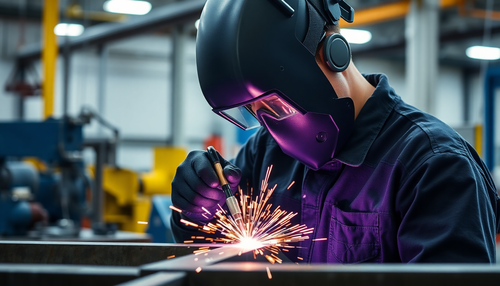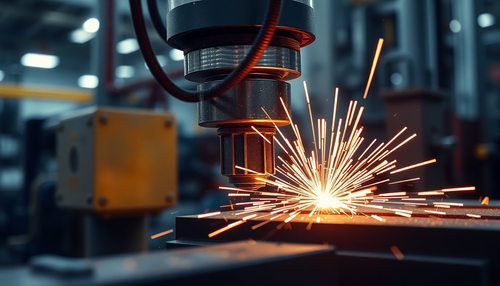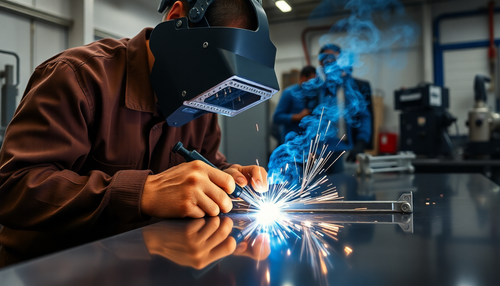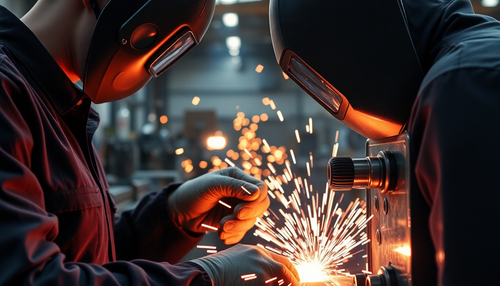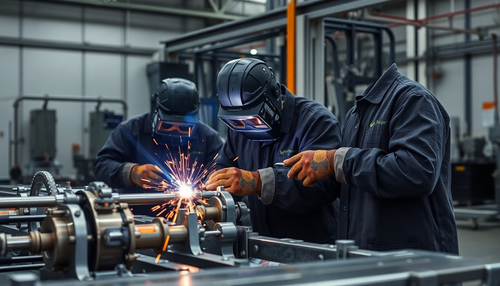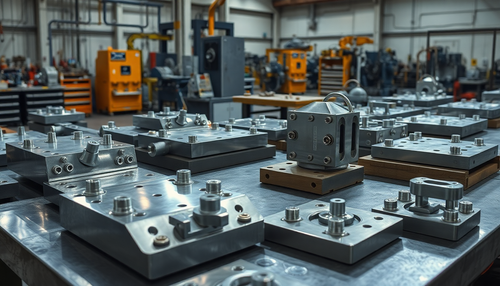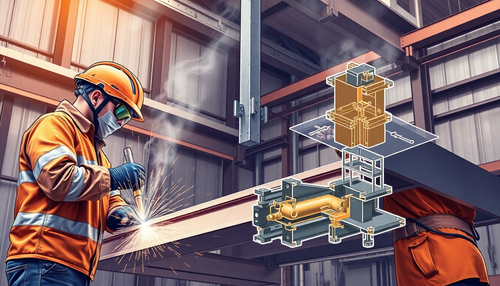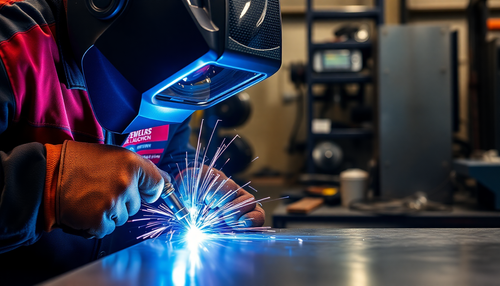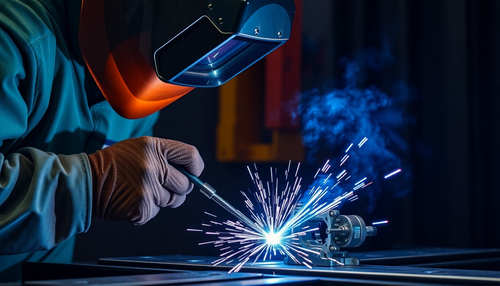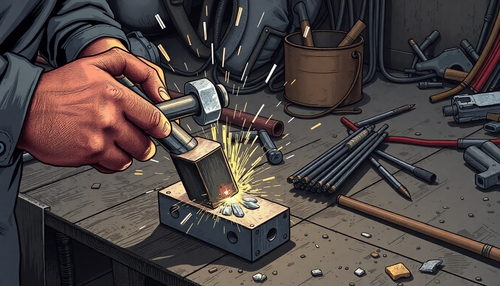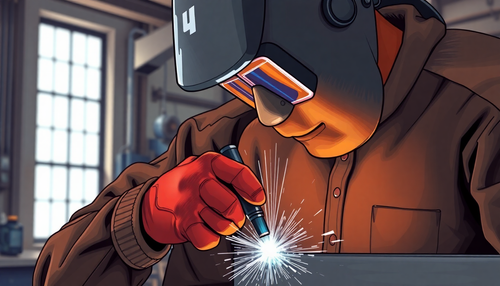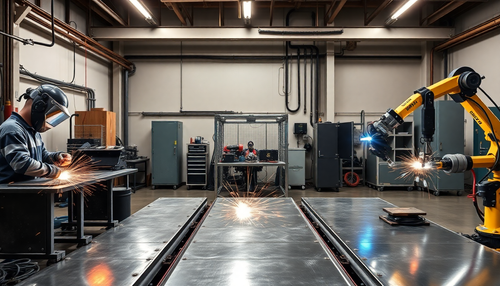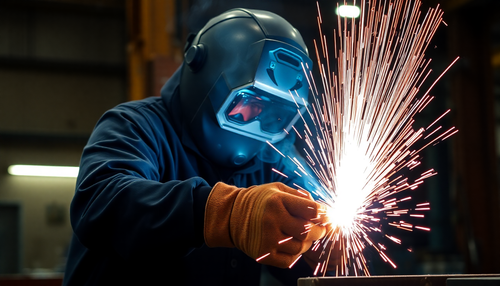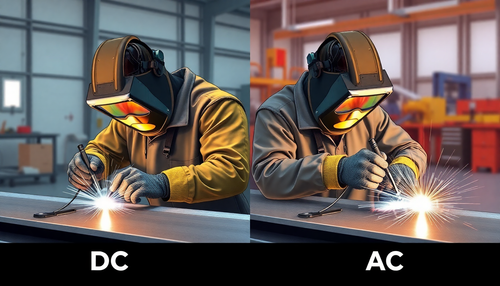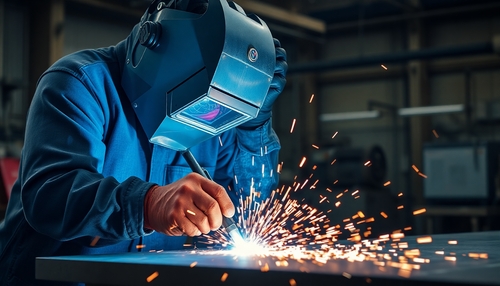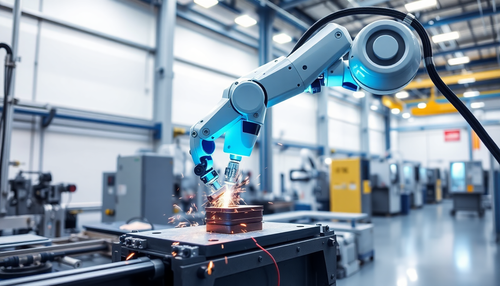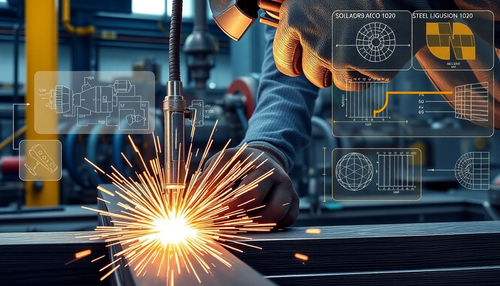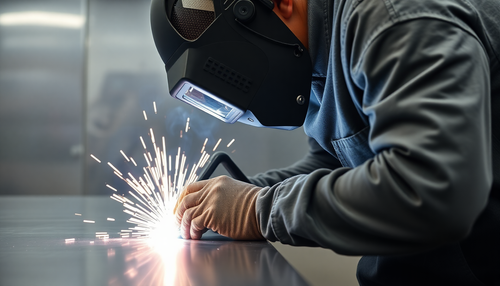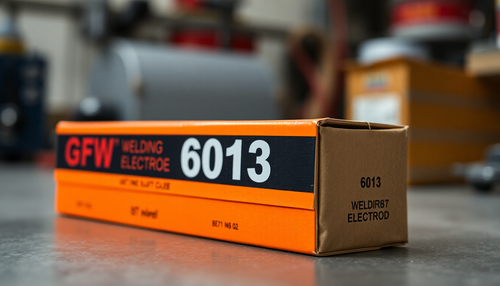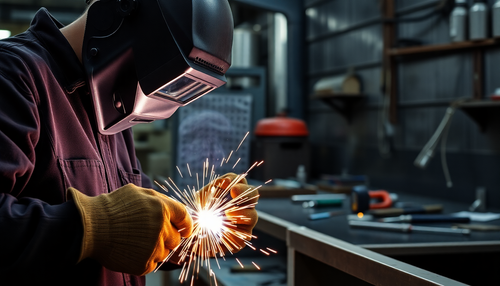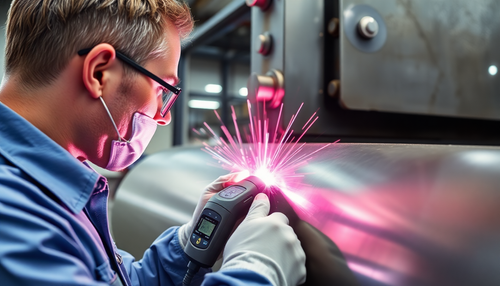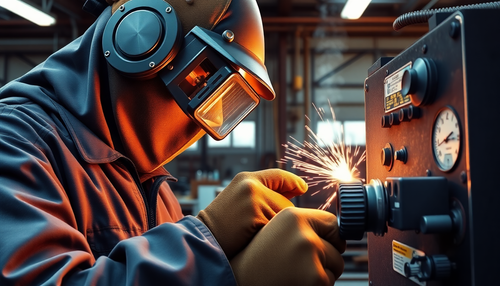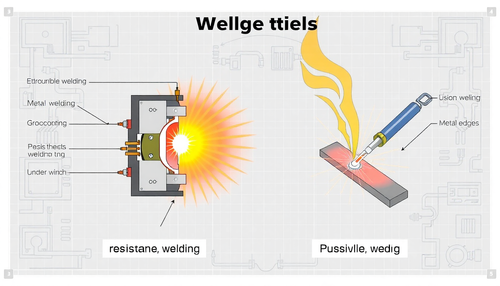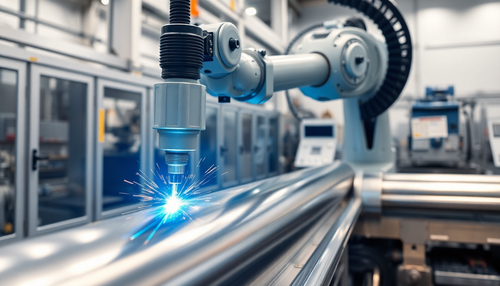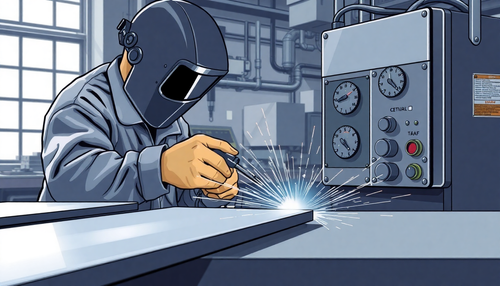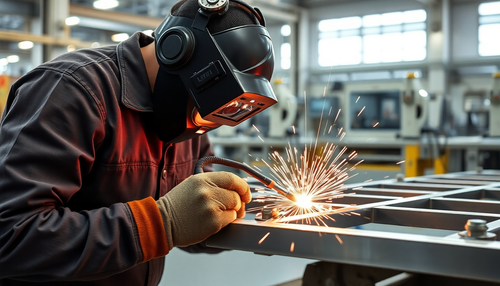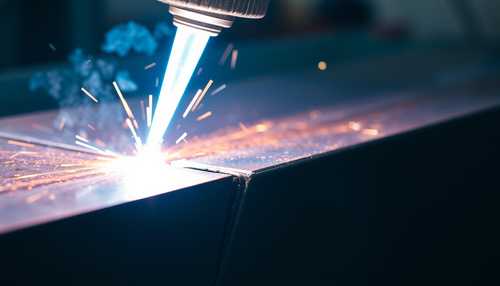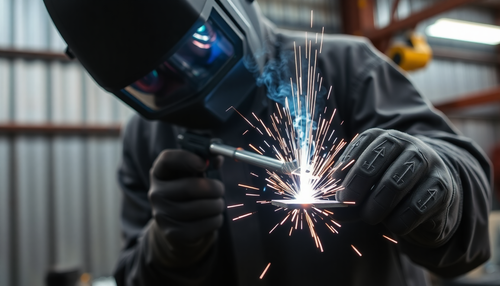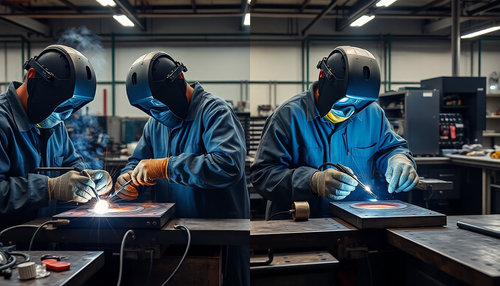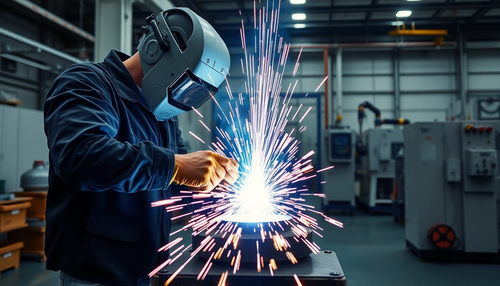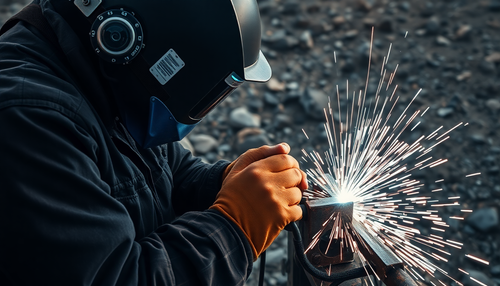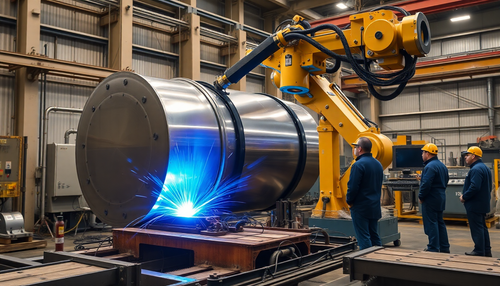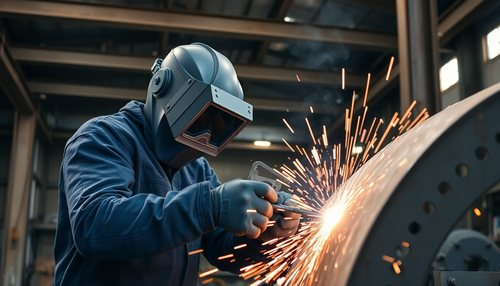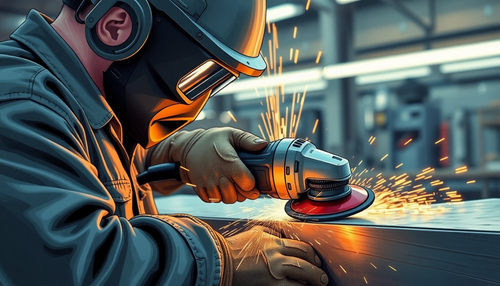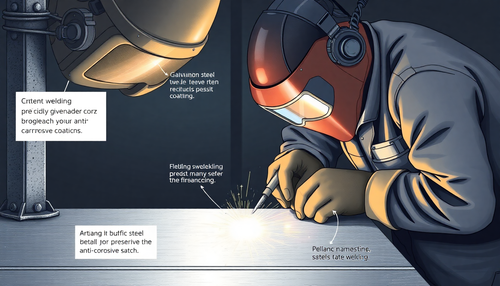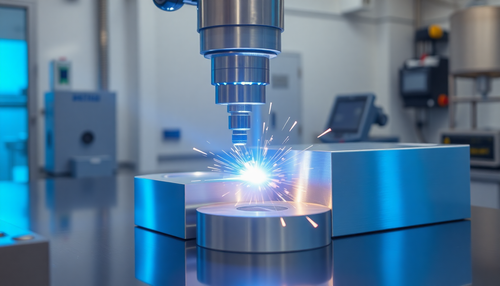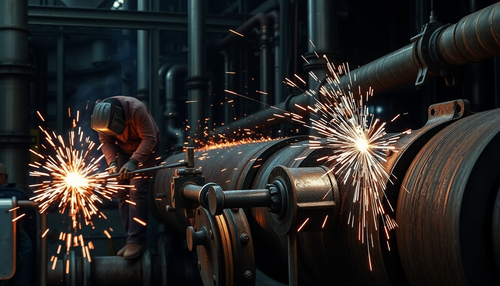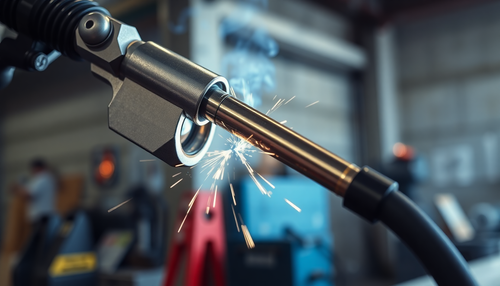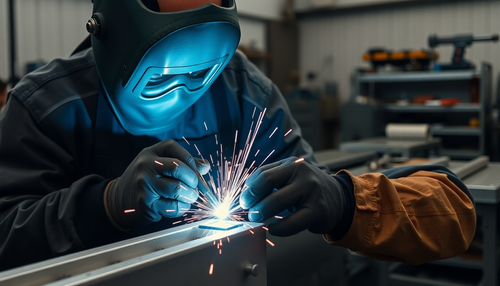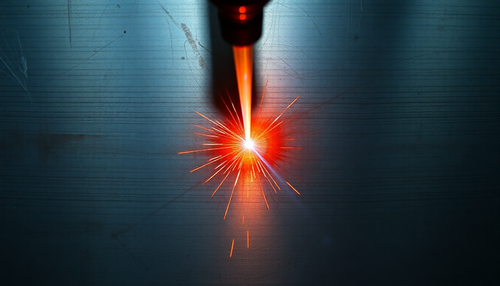
Each fabrication shop has a unique inventory of metal products. And each one uses a different cutting method to make these products. For example, manufacturing stainless steel parts requires specific tooling techniques to adhere to safety guidelines. Meanwhile, machining aluminum may require something different.
Manufacturers and metallurgical industries depend on high-quality metal parts and raw materials for precision tools. But they also require innovation and flexibility. A little thought leadership can go a long way when it comes to precision CNC machining and metal fabrication. And an innate knowledge of material properties can help reduce delivery times and save money.
Why Knowing Common Tool Materials Is Important
Industries need consistent quality to keep up with industry demands. Reliable information is second only to the reliable provision of comprehensive materials and services. However, it can be challenging to find the best fabulous stores when you are not sure of the types of metal available.
Furthermore, effective project management means reconciling different options to ensure efficiency. This is because metals can react strangely with different materials. Sometimes these oddities are beneficial to the bottom line. Other times, they can slow down production or even compromise the quality of the product.
A metal that makes sense for one project may not make sense for another. So, it's crucial to work with a team of experienced CNC machinists in an advanced machining shop.
The 5 Most Common Types of Metal Used in Tools
Modern industrial facilities may or may not use a variety of raw materials. Some specialize, while others take a broader approach to manufacturing. Either way, the team should be able to tell you which types of metal are best for your project. In the meantime, here are five places to start:
1. Steel
Steel is without a doubt one of the most common types of metal used in manufacturing shops around the world. It is a highly versatile metal that can be easily shaped and manipulated to create a wide range of products. Steel's strength, durability and corrosion resistance make it an ideal choice for many applications, from construction to manufacturing. Additionally, it is widely available and cost-effective, making it a popular choice for many manufacturing projects. Steel's versatility, combined with its strength and affordability, has made it one of the top five metals used in fabrication shops around the world.
2. Aluminum
Aluminum is another common type of metal used in factories. Valued for being a light, corrosion-resistant, versatile and durable metal, it can be easily machined and welded. First manufactured in the 19th century, today's automotive and aerospace industries depend on it. Because it is relatively cheap, it can oxidize and corrode when exposed to salt. Therefore, aluminum may not meet some design specifications or industry regulations .
3. Stainless steel
Stainless steel, widely recognized for its corrosion resistance and durability properties, is an ideal material for various applications in sectors such as construction, automotive and aerospace. There are over 3,500 different types of steel. And the latest estimates put the world's demand for stainless steel at nearly two billion tons per year. The United States alone consumes almost 97 million tons. But the fact that stainless steel prices are rising may cause concern for some manufacturers. Therefore, it may not be the best option despite its favorable properties.
4. Copper
Copper is a common metal found in manufacturing shops due to its excellent electrical conductivity, corrosion resistance, and ductility. It is often used in electrical wiring, plumbing systems, and heat exchanges. Copper is also a popular choice for decorative purposes, such as architectural details and ornamental carvings, due to its unique color and malleability.
5. Brass
Brass, a metal alloy composed primarily of copper and zinc, is commonly found in fabrication shops due to its malleability, corrosion resistance, and attractive gold-like appearance. It is often used for decorative purposes such as door handles, lamps, and musical instruments, as well as for plumbing fixtures and electrical components. Brass's versatility makes it a popular choice in several industries, including architecture, automotive and aerospace.
There are more than just these five metals commonly used in fabrication shops. Other popular metals include titanium, nickel and zinc, each with unique properties and benefits for specific applications.
High-quality tool materials and expert guidance
In conclusion, understanding the properties and applications of different metals is essential in tools, where the right material can make all the difference in precision and durability. The five common types of metals used in tools, including steel, aluminum, stainless steel, brass, and copper, each offer their own set of advantages and disadvantages.
By choosing the right metal for the job, tooling professionals can optimize performance, efficiency and cost-effectiveness.

